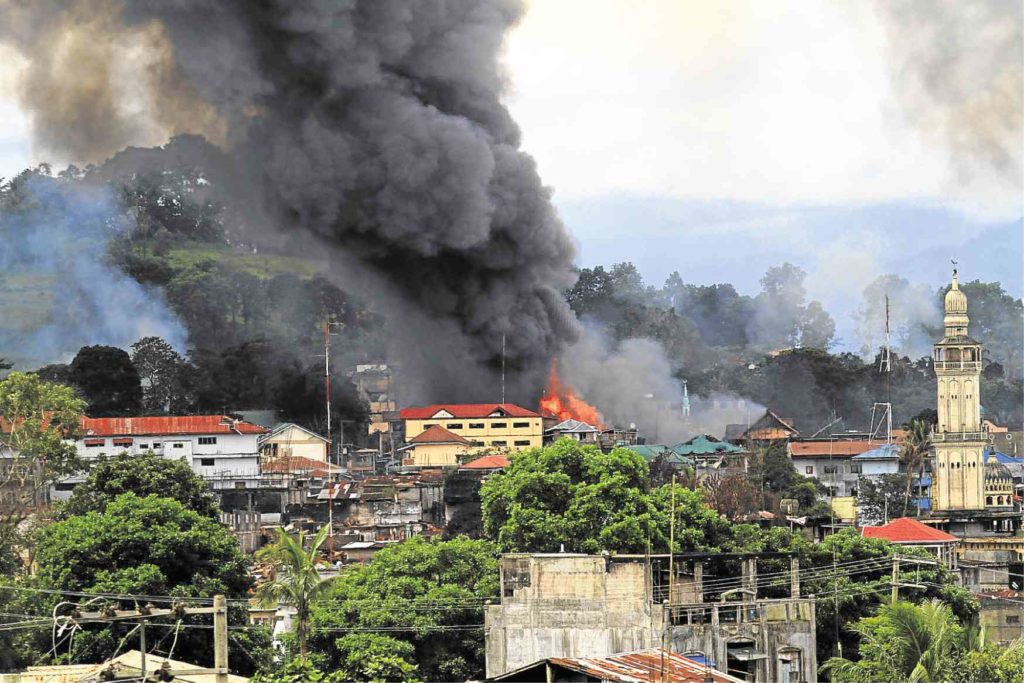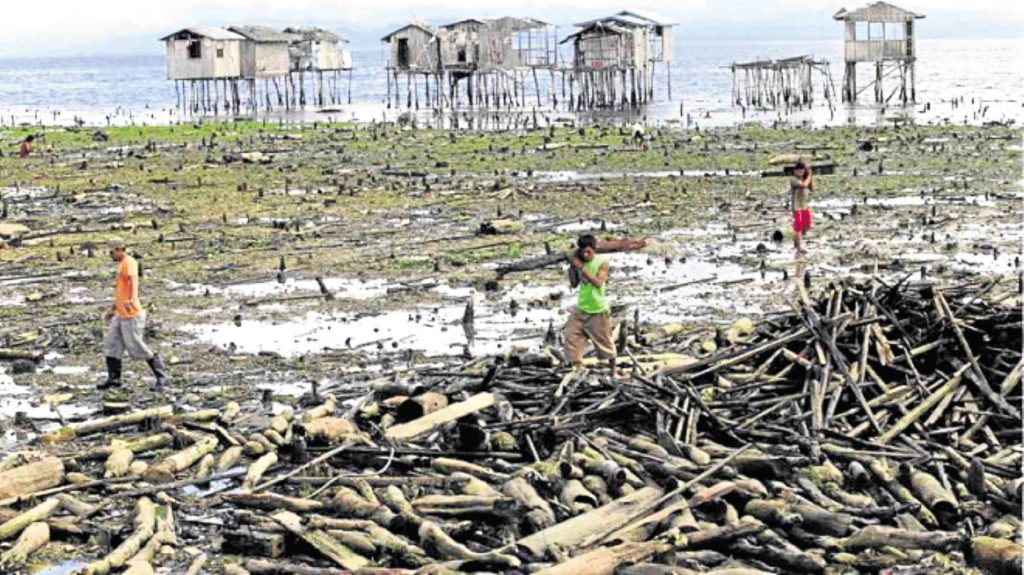Cost of war

The recent armed conflicts in the Philippines, specifically in Mindanao, had left most of the cities and towns in ruins.
Former First Lady of the United States Eleanor Roosevelt once said that “no one won the last war, and no one will win the next war.”
This rings true in recent armed conflicts in the Philippines, specifically in Mindanao, where thousands of lives had been lost, while cities and towns were left in ruins.
Marawi siege
The ongoing siege in Marawi City began on May 23 when gunmen from IS-inspired Maute and Abu Sayyaf, backed by several foreign fighters, seized large parts of the city to establish an IS enclave in Southeast Asia.
The occupation of Marawi, however, may finally come to an end, with the reported deaths of Abu Sayyaf leader Isnilon Hapilon and Maute terror group leader Omarkhayam Maute on October 16.
Meanwhile, the nearly four-month siege destroyed houses, schools and other buildings, reducing much of Marawi to rubble.
These clashes were also said to have killed 822 terrorists, 163 soldiers and policemen, and 47 civilians, latest data showed. More than 1,700 troops have been wounded in the fighting.
The National Disaster Risk Reduction and Management Council (NDDRMC) have already started its initial assessment of the damage and losses in Marawi City.
Reconstruction
Defense Secretary Delfin Lorenzana was quoted in news reports as saying that the government will need some P10 billion to rebuild the city.
Architect and urban planner Felino Palafox Jr., who committed to help in the reconstruction of Marawi, previously estimated that it might take “70 years” to bring Marawi back to what it was before the conflict.
Palafox recommended to provincial officials of Lanao del Sur to make the ruins of Marawi a historic memorial as a reminder of how terrorism could wreak havoc on a community.
“Rehabilitate, maybe, the places of worship, education and the significant buildings. The damaged ones, they can be retained, especially those full of bullet [holes] as a lesson for the future on how terrorism can destroy a peaceful city,” Palafox said in an earlier interview.

In 2014, a year after the Zamboanga siege, damaged houses on stilts still stand on the shore (PDI phoro)
Deadly attack
In another armed conflict instance in September 2013, hundreds of rebels from Moro National Liberation Front (MNLF) led by Nur Misuari sowed terror in Zamboanga City, occupying a number of coastal villages and battling military and police in a bid to derail peace talks between the government and a rival insurgent group, the Moro Islamic Liberation Front (MILF).
The deadly attack, which lasted for nearly a month, left 240 people dead and 242 injured. About 118,819 people were displaced.
The rebels seized scores of villagers and used them as human shields. They also torched some 10,000 of houses to slow down a military advance.
According to an NDRRMC report, damage to infrastructure had cost some P58.8 million—which was just a portion of the total damage costs estimated at P3.3 billion.
A recovery and rehabilitation program in the affected villages in Zamboanga City dubbed the “Build Back Better Zamboanga” had been set up.
The program not only helped build socialized and mid-rise houses, but also rehabilitated roads, amenities, waterways, health centers, parks and playgrounds, schools, and religious structures.
Budget deficit
It can also be recalled in March 2000 that former President Joseph Estrada waged an all-out war against the MILF, which, in the process, killed hundreds of soldiers, civilians and rebels, and displaced thousands of rural poor families.
The military offensive, which launched aerial and ground attacks in Central Mindanao and the Autonomous Region in Muslim Mindanao, had taken its toll on government funds, with the budget deficit at P34.11 billion in the first five months of that year—5 percent above the target.
The government’s P998.5 million calamity fund for 1999 ran out sooner than expected as the Congress allocated the fund damages wrought by typhoons and floods and not an “all-out war.”
Some 8,344 houses were either destroyed or damaged by the war in the provinces of Maguindanao, Lanao del Sur, Lanao del Norte, North Cotabato and Sultan Kudarat, government data showed.
The fighting also caused a heavy drop in tourism, investments, and income, as well as loss of jobs among low-income earners in Mindanao.
MNLF attack
In February 1974, the MNLF attacked Sulu province to demand Bangsamoro independence. Thousands were killed, and almost the entire town was burned to the ground.
Even landmarks that survived the bombs of previous wars disappeared from the landscape while millions of pesos worth of property and investments were looted.
Military retaliation, especially in the countryside, was a saga of massacres, summary arrests and executions, bombardments and shellings that all but wiped out orchards and crops.
Sources: Inquirer Archives, NDRRMC report
